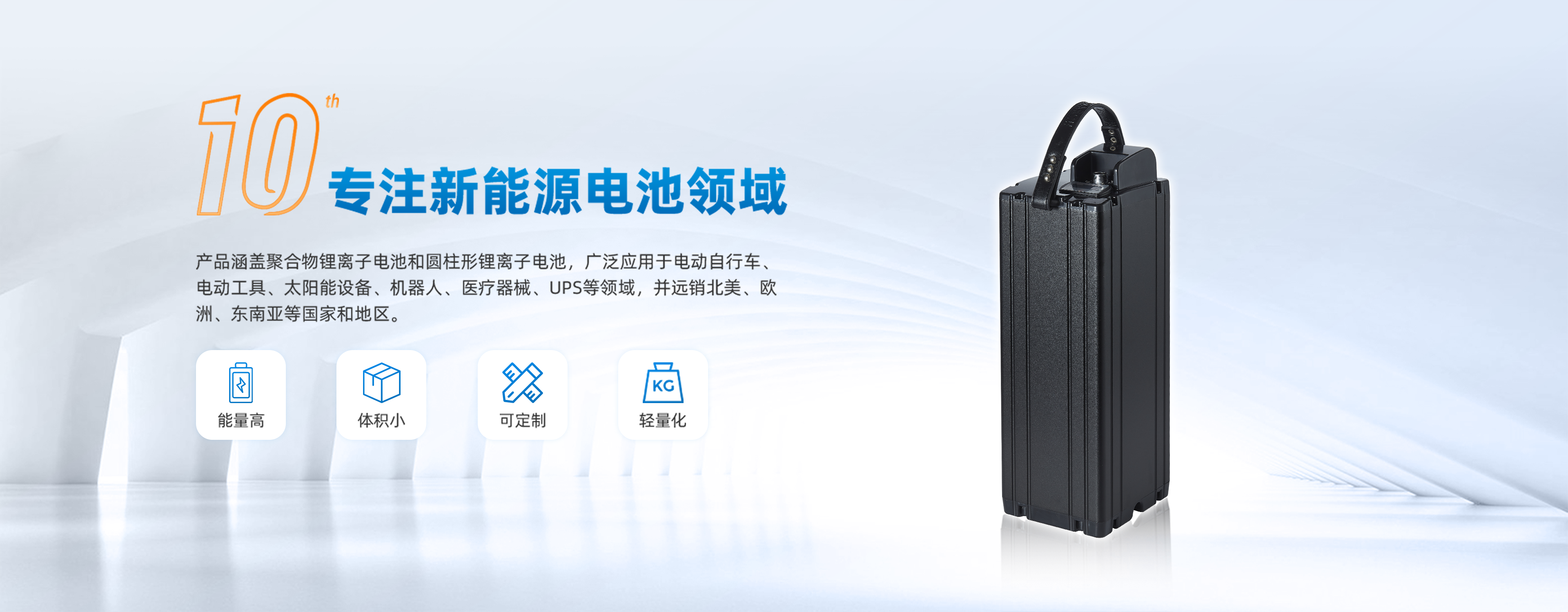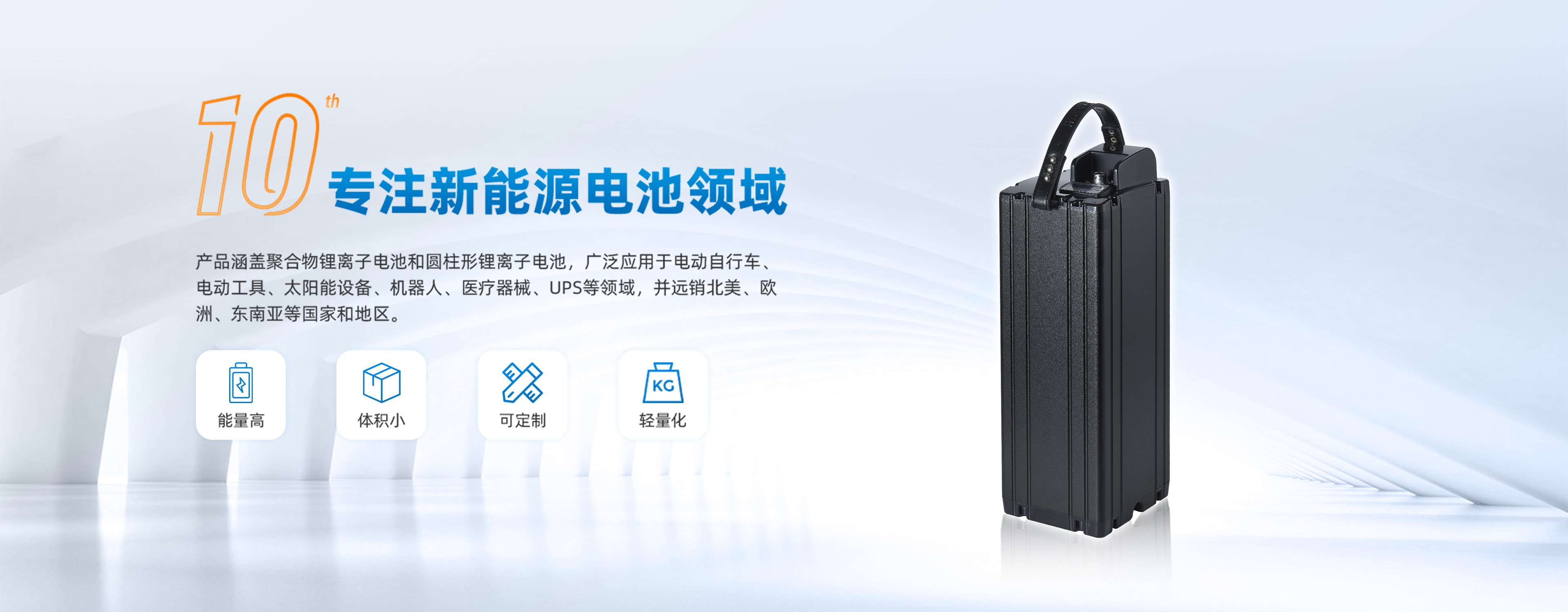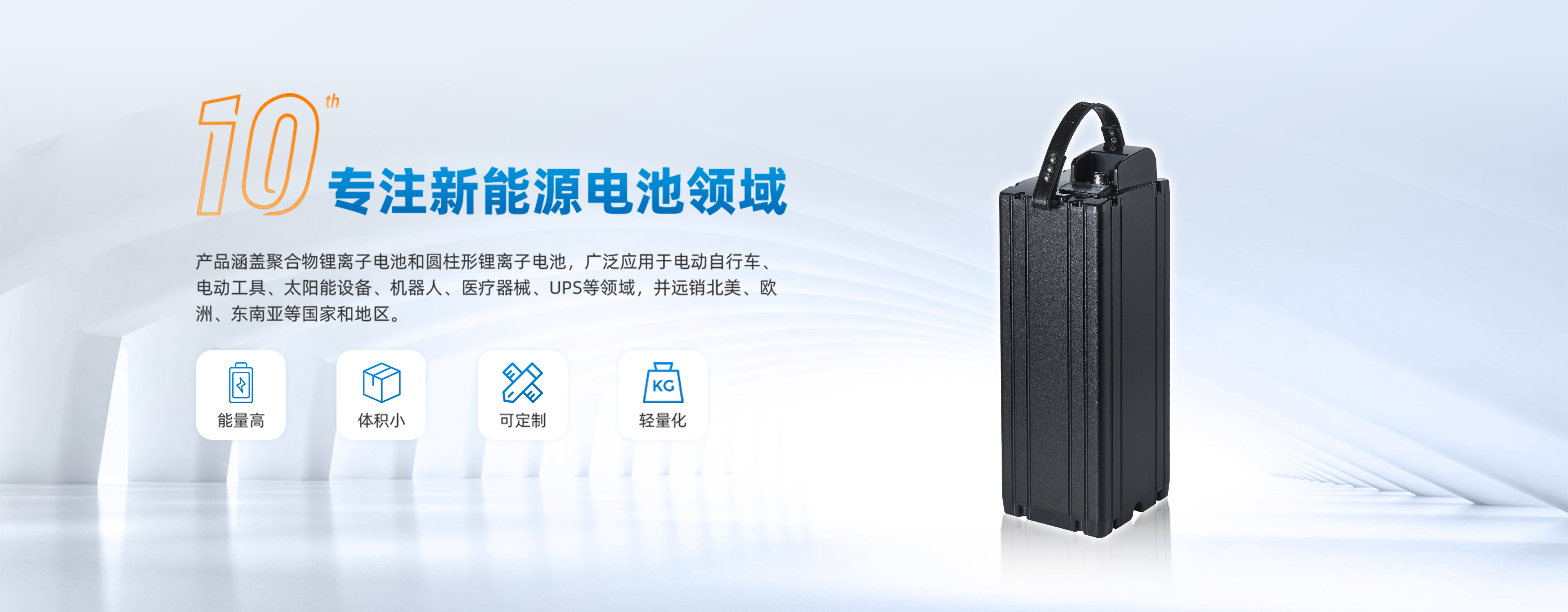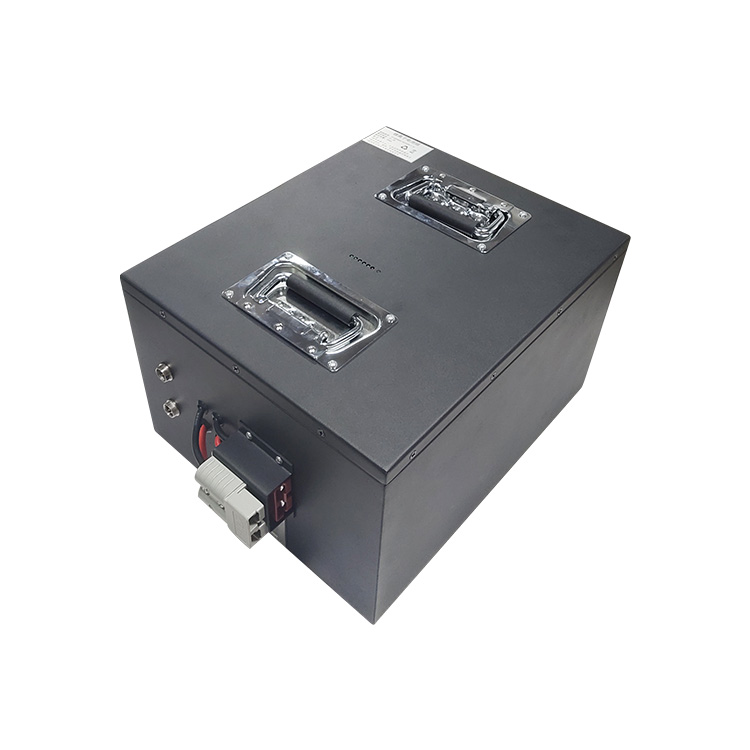关于电池生产时常用的规格名称介绍
电池生产领域,有许多规格名称用来描述不同类型的电池及其性能参数。了解这些规格名称对于生产和选择合适的电池至关重要。以下是一些电池生产中常用的规格名称及其介绍:
1. 电池容量(Capacity):
电池容量是电池存储电能的能力,通常用安时(Ah)或毫安时(mAh)表示。容量越大,电池存储的电能就越多,可以支持设备运行的时间也会更长。
2. 电压(Voltage):
电池的电压是指电池输出的电压值,通常以伏特(V)表示。电池的电压决定了设备所需的电压输入,不同类型的电池具有不同的额定电压。
3. 充放电循环寿命(Cycle Life):
充放电循环寿命是指电池可以进行多少次充放电循环的次数,通常用循环次数表示。循环寿命越长,电池的使用寿命就越长。
4. 最大充电速率(Max Charge Rate):
最大充电速率是指电池可以接受的最大充电电流,通常以倍率表示(如C倍率)。较高的最大充电速率可以快速充电电池,提高生产效率。
5. 最大放电速率(Max Discharge Rate):
最大放电速率是指电池可以提供的最大放电电流,通常以倍率表示(如C倍率)。较高的最大放电速率可以满足设备对高功率输出的需求。
6. 内阻(Internal Resistance):
电池的内阻影响了电池的充放电效率和性能。内阻越小,电池的能量传输效率就越高,充放电过程中的能量损耗也会减少。
7. 温度范围(Operating Temperature Range):
电池的工作温度范围影响了电池在不同环境条件下的性能表现。了解电池的工作温度范围可以帮助选择适合的电池用于不同工作环境。
8. 安全性能(Safety Features):
电池的安全性能包括过充保护、过放保护、短路保护等功能,可以确保电池在使用过程中不会发生安全问题,保障设备和使用者的安全。
 东莞聚能新能源科技有限公司
东莞聚能新能源科技有限公司
 137 5142 6524(高燕)
137 5142 6524(高燕)
 susiegao@power-ing.com
susiegao@power-ing.com
 广东省东莞市大朗镇兴辉源高新产业园
广东省东莞市大朗镇兴辉源高新产业园













 粤公网安备 44190002007491号
粤公网安备 44190002007491号